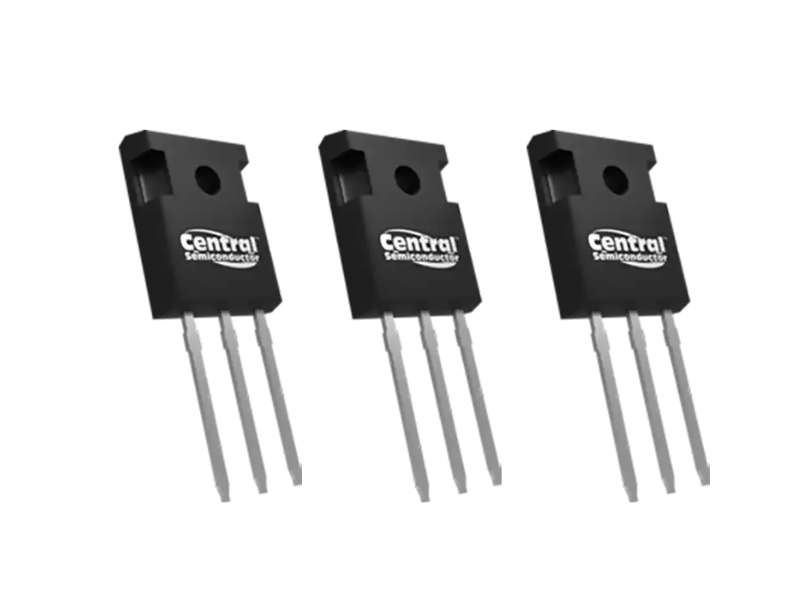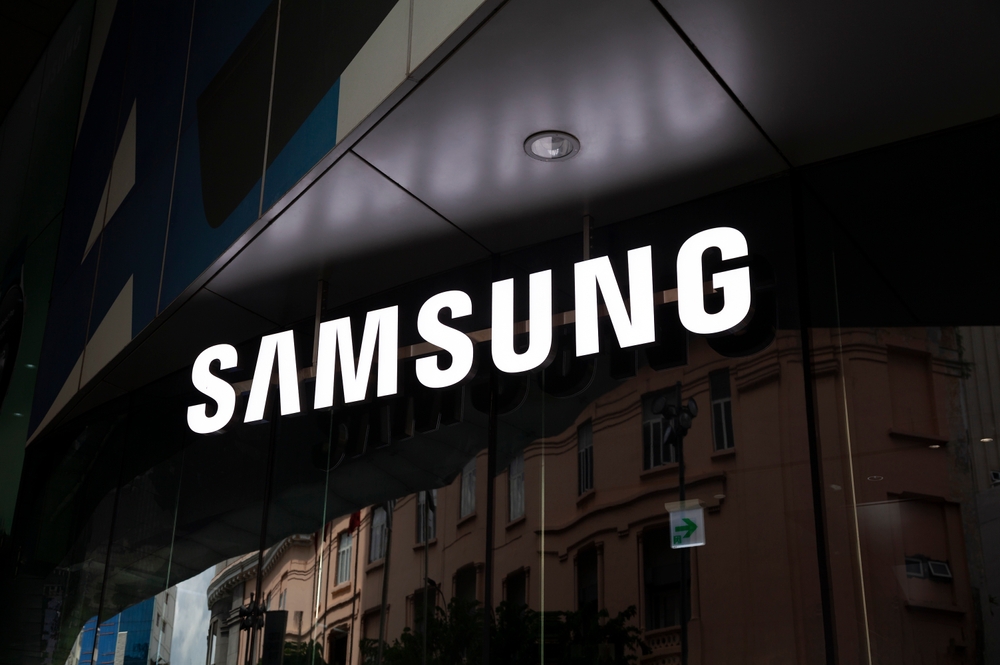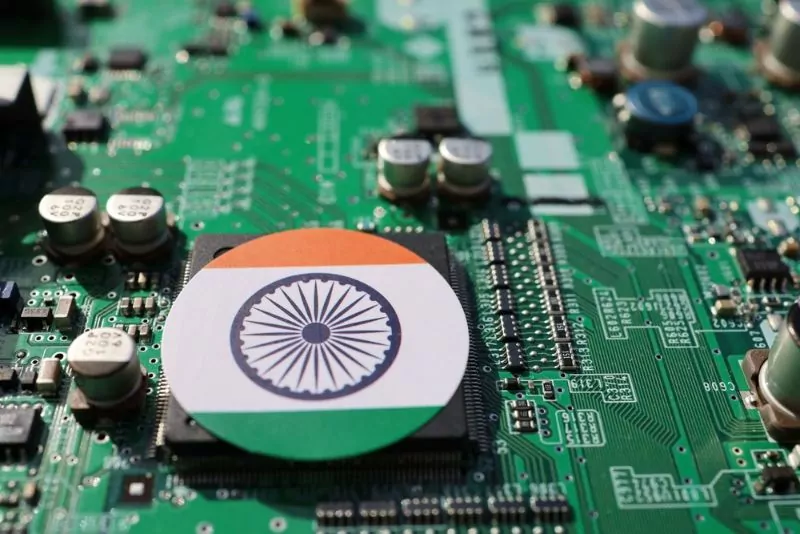The “new normal” in electronics manufacturing is an everyday reality where lead times and pricing change daily, and fraught political tensions between powerhouse economies create uncertainty about whether supplier relationships can be counted on in the future, says Electronics360.
What can you do? Among the most important is to develop strong relationships with key suppliers. “While it’s important to have a large pool of available suppliers, it’s also beneficial to cultivate strong working relationships with key suppliers so that they understand the business’ needs and can respond quickly when needed.”
A second tip is to Improve supply chain visibility. Visibility in the supply chain allows companies to have better control over their operations, enabling them to spot areas of risk and inefficiency quickly, as well as detect opportunities for improvement.
“One of the key components of improving supply chain visibility is data collection and analysis. Modern technologies such as enterprise resource planning (ERP) systems, digital sensors, radio frequency identification (RFID), GPS tracking systems and other internet of things (IoT) devices allow companies to track items from manufacturers all the way through delivery to customers.”
Companies should also consider how to move production to less-affected regions, which can be a viable option for companies dealing with electronic supply chain challenges. By relocating production, firms may be able to access more reliable suppliers, reduce costs associated with shipping and material procurement, and benefit from tax incentives in certain areas.
Electronics360 makes these conclusions to mitigate against the frequency and severity of disruptions, “By implementing more rigorous inspection protocols, working with a larger supplier pool, and moving production to less-affected regions, companies can supply the necessary goods and materials while keeping costs down. In addition, improving supply chain visibility, simplifying demand forecasting, and reducing transportation costs can help streamline operations and reduce waste.”
Although the global pandemic has thrown a wrench in many industries’ plans, those who are able to adapt and overcome these challenges will be best positioned for success in the months and years to come.
Read more here:
To avoid electronics supply-chain disruptions, you may also wish to consult an expert in electronics component supply. With more than three decades of supply-chain expertise, Astute Electronics is ideally placed to work with you on your daily component requirements.
For more help with looking at supply chain options, contact Astute Electronics






